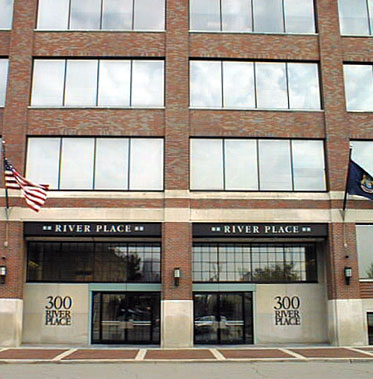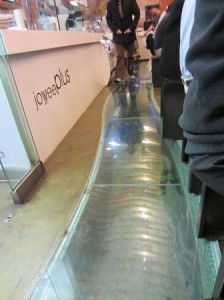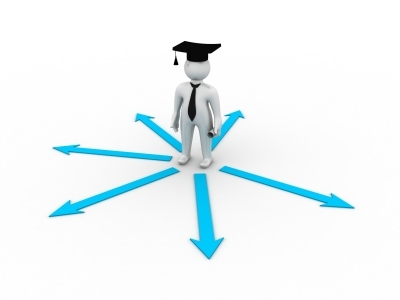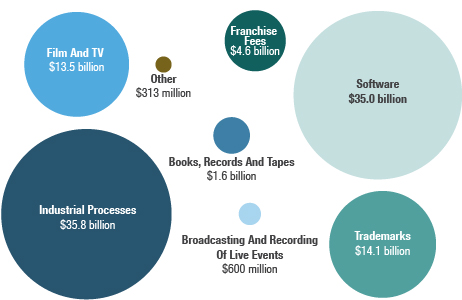A post from our student blogger Sarah Goodman
Some members of the MSPL class met with patent examiners at the Detroit USPTO satellite office over spring break. The educational requirements for a USPTO patent examiner are similar to the educational requirements to become a U.S. patent agent. A patent examiner must have a bachelor’s degree in science or engineering. Employment as a patent examiner is a potential short-term or long-term career opportunity for a graduate of the MSPL program.
Employment as a patent examiner could be short-term. A patent examiner job pays well and the starting salary is increased for a graduate of the MSPL program versus an individual with no intellectual property graduate education. Experience working as a patent examiner is beneficial for future job searching. Employers value a job candidate who has experience working for the USPTO as a patent examiner. A patent examiner has a very detailed understanding of the MPEP because the MPEP is the manual which contains the rules for the patent prosecution process. A patent examiner also gains a familiarity with the best strategies for writing a patent application for allowance which is extremely valuable knowledge. Working short-term as a patent examiner could be a good way for a graduate of the MSPL program to get experience that would be valued by any future employer.
Employment as a patent examiner could also be long-term. The field has the ability for promotion based on performance. For individuals who would like a lot of time with family or need job flexibility, a career as a patent agent is flexible in regards to the work schedule. Another appealing aspect of a patent examiner position is the ability to work from home after working at least two years and meeting certain performance standards.
The MSPL curriculum prepares students for the option of a career as a patent examiner at the USPTO. Currently, applicants with bachelor’s degrees in Mechanical Engineering, Computer Engineering, or Electrical Engineering are needed by the USPTO to assist with the backlog of unexamined patent applications. In the future, these postings may remain and other backgrounds may also be needed.







